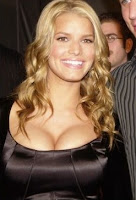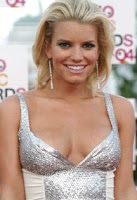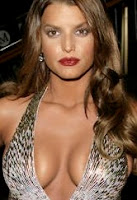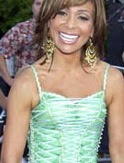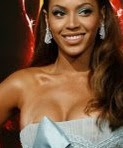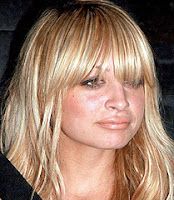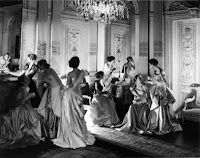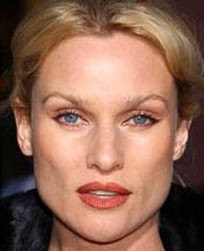
Cigarettes, in combination with sunbathing, is what will build the character actresses of tomorrow– or at least ones who look the part:
"I really like smoking..." Salma Hayek (40)
"I only wanted to quit if it was easy." Courtney Cox (42)
"I smoke. I smoke Camel Lights. I'm not going to stop." Gwyneth Paltrow (34)
"There is a tremendous satisfaction in the spit, and I can do it and not mess up my lipstick." Ashley Judd (38)
"Britney Spears showed off the enormous rock given to her by new fiancé Kevin Federline on the balco
ny of her swish Los Angeles apartment - and then proceeded to empty an ashtray full of butts on to the street below." June 28, 2004, The Mirror (UK)So who else smokes off-screen? Lindsay Lohan (20), Kirsten Dunst (24), Charlize Theron (31), Drew Barrymore (32), Cameron Diaz (34), Uma Thurman (37), Naomi Watts (38), Jennifer Aniston (38), Nicole Kidman (39), Elizabeth Shue (43) just to name a few. All of these younger actresses are known for their looks and have built a career on them. So what exactly does smoking do?
Free radicals form when the body is exposed to tobacco smoke; these highly unstable and powerful molecules cause disease and damage cell DNA. The cells of your body start behaving erratically, producing a range of responses that make your skin age faster. The immune system is impaired by smoking, as well. (Ask any plastic surgeon, they won't operate on a patient who's actively smoking pre- and post-surgery, movie star or not.)
"Smoker's face" is actually part of the medical lexicon. Lighting up affects your visage on multiple levels:

- restricted blood flow through the capillaries (tiny veins near the skins surface) preventing oxygen and nutrients getting to the skin;
- increased production of an enzyme which breaks down the supply of collagen vital to skin elasticity, accelerating age-related decline;
- reduces the body's store of vitamin A which provides protection from damage;
- inhibits absorption of vitamin C, a vital antioxidant for skin protection;
- continual puckering from drawing on a cigarette and squinting in reaction to the smoke create deep, premature wrinkles around the eyes and mouth.
 But the really big film news is the come-back of Mr. Butts. New research shows more cigarettes, cigars and pipes are being smoked in films now than at any point over the past 50 years. An analysis of 150 films produced between 1950 and 2002 has found there are now about 11 depictions of smoking in every hour of the typical film. In the same time period, the percentage of smoking Americans dropped by nearly 45% to just 22% of the population; Hollywood depictions have doubled in the last 10 years.
But the really big film news is the come-back of Mr. Butts. New research shows more cigarettes, cigars and pipes are being smoked in films now than at any point over the past 50 years. An analysis of 150 films produced between 1950 and 2002 has found there are now about 11 depictions of smoking in every hour of the typical film. In the same time period, the percentage of smoking Americans dropped by nearly 45% to just 22% of the population; Hollywood depictions have doubled in the last 10 years. accessories. And what do they have to look forward to? Here's Melanie Griffith (49) who smokes like a chimney: a poster child for the effects of cigs & sun– and at the outer limits of what plastic surgery can do for her. Take a good look. That's your skin on drugs (nicotine).
accessories. And what do they have to look forward to? Here's Melanie Griffith (49) who smokes like a chimney: a poster child for the effects of cigs & sun– and at the outer limits of what plastic surgery can do for her. Take a good look. That's your skin on drugs (nicotine). Lest you think the media influence is completely to blame for a new generation of smokers, there is one more influential factor: parents. Here's Melanie helping out her daughter, Dakota. Susan Sarandon (60) was quoted as saying "Kirsten Dunst asked me the other day how my skin looks so good. I said: 'Well, first off, don't smoke.' " Do you think Dunst will take her advice?
Lest you think the media influence is completely to blame for a new generation of smokers, there is one more influential factor: parents. Here's Melanie helping out her daughter, Dakota. Susan Sarandon (60) was quoted as saying "Kirsten Dunst asked me the other day how my skin looks so good. I said: 'Well, first off, don't smoke.' " Do you think Dunst will take her advice?Hear Anne live on the Kevyn Burger show 11:00 to noon every Thursday featuring Knifestyles of the Rich & Famous.


